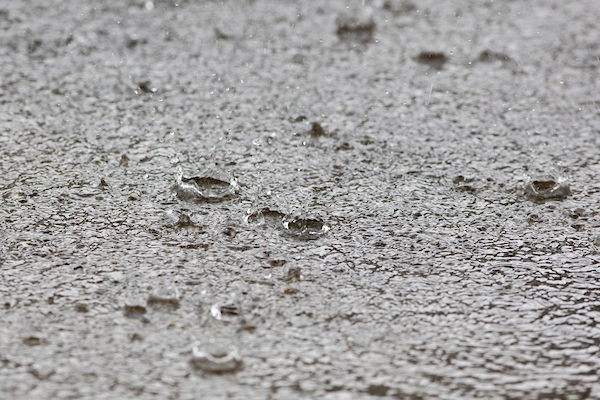
What does this winter look like now that we have moved into an El Nino climate pattern? For many of us across the South, things look very different from the drought conditions we saw in September and October. Thankfully, the folks from the Southeast Drought Early Warning System (DEWS) have assembled the helpful summary that we are sharing below. You should really subscribe to their regional drought update emails to stay on top of drought conditions within your area. Read the summary below to learn more.
Summary by the Southeast Drought Early Warning System (DEWS):
What Might We Expect This Winter in the Southeast?
The November 28 Southeast Monthly Webinar Series included a presentation from Michelle L’Heureux at NOAA’s Climate Prediction Center on the current El Niño, with a focus on the Southeast. Key takeaways include:
- A strong El Niño is already in place and is currently strengthening. There is a 1 in 3 chance of a historically strong El Niño that rivals our strongest El Niño events.
- The expected peak (of sea surface temperatures in the Niño-3.4 region) is during the November–January season, but impacts over the United States will lag into the spring seasons.
- Over the Southeastern region, above-average precipitation (rainfall and snow) is likely. Above-average temperatures are favored toward the north, with “equal chances” for any outcome (below/near/above temperatures) over most of the region.
- Expected seasonal impacts are always probabilistic (“% chance of”) and never guaranteed. In the Southeast, remember “the bust” in 1957–58!
North Carolina Outlook
The annual winter outlook from the North Carolina Climate Office looks at what the emerging El Niño could mean for North Carolina and what North Carolina’s weather could look like over the season ahead.
How does El Niño influence winter precipitation over the U.S.?
After the last three winters of La Niña conditions, the tropical Pacific is looking much different this year, with a strong El Niño likely this winter. Read the monthly ENSO Blog to better understand why this El Niño often leads to wetter than normal conditions for much of the Southeast.
Continue Reading





